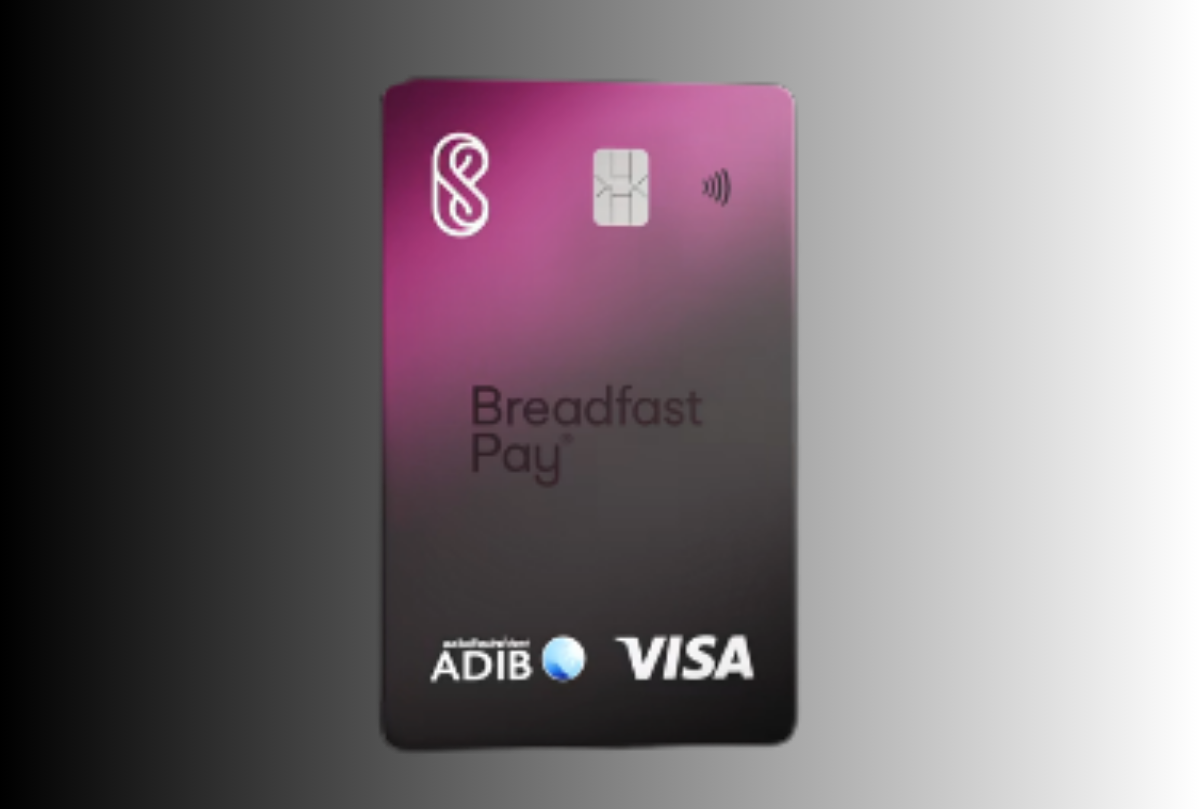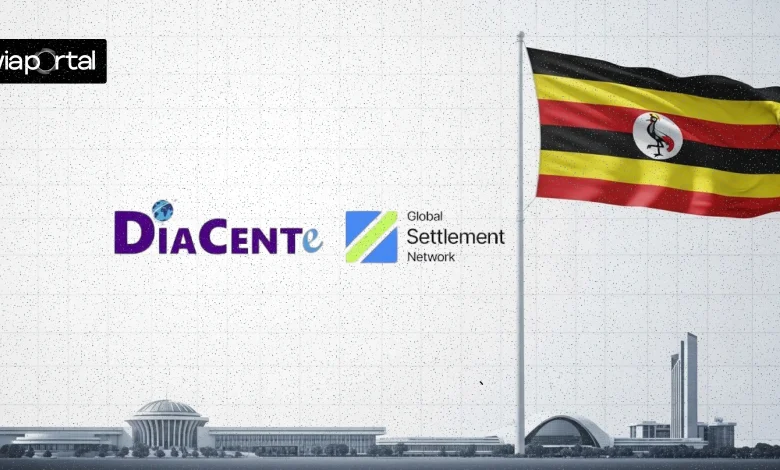The financial world in Kenya is alive with anticipation as Moniepoint Inc., a U.S.-headquartered fintech with Nigerian foundations, has paved the way into the country’s microfinance landscape.
The Competition Authority of Kenya (CAK) has waved through Moniepoint Group Inc.’s bid to acquire a 78% stake in Sumac Microfinance Bank Limited, ruling that the deal won’t dent rivalry in a sector where five big microlenders already control 84% of assets.
This strategic move, announced on June 2, 2025, marks a bold entry, but it raises questions about the costs involved and what sets Moniepoint apart in this competitive landscape.
A Strategic Breakthrough in Kenya’s Microfinance Sector
Sumac Microfinance Bank, established in 2002 and licensed in 2012, holds a 4.3% market share with over 43,800 active loan accounts.
Offering services like deposit-taking, lending, financial leasing, forex trading, and money transfer services, Sumac provides Moniepoint with a solid entry point into Kenya’s US$67.3 billion mobile payments market.
The CAK’s approval, pending Central Bank of Kenya (CBK) clearance, notes that Moniepoint’s absence from Kenya’s market ensures the acquisition won’t disrupt the dominance of the five large microfinance banks.
Additionally, no job losses are expected, with Sumac’s current employees retaining their terms, making this a seemingly smooth transition.
The Cost of Ambition
Moniepoint’s entry is a calculated triumph, but it carries risks. The fintech’s earlier attempt to acquire Kenyan payments firm KopoKopo earlier this year failed despite regulatory support, with undisclosed reasons hinting at potential pitfalls.
The Sumac acquisition allows Moniepoint to bypass the slow community-bank licensing route, granting a nationwide license for deposit-taking, forex, and leasing services.
However, this ambition comes with costs; high acquisition expenses, regulatory compliance, and the challenge of integrating Sumac’s systems could strain Moniepoint’s resources.
Additionally, navigating the complex regulatory landscape of the banking industry will require significant time and effort from Moniepoint’s team.
For Kenya’s microfinance sector, which includes 13 other banks and Tier II lenders, Moniepoint’s arrival could intensify competition.
The CAK’s ruling that the deal won’t harm rivalry,given the 84% asset control by the top five microlenders,suggests stability, but smaller players may still feel the pressure.
Overextension is another risk if Moniepoint fails to adapt its West African strategies to Kenya’s unique market, potentially increasing financial and competitive costs.
What Sets Moniepoint Apart as It Joins Kenya’s Microfinance Market
Moniepoint, founded in 2015 by Tosin Eniolorunda and Felix Ike, brings a distinctive edge to Kenya’s microfinance sector through its Nigerian subsidiaries, Moniepoint Microfinance Bank and TeamApt. Here’s what sets it apart:
- Data-Driven Risk Models: Moniepoint uses advanced analytics and transaction data to assess creditworthiness, potentially offering tailored working capital loans to informal merchants alongside POS payment services,a gap traditional microfinance banks often miss.
- SME-Focused Playbook: Its success in Nigeria with small businesses positions Moniepoint to target Kenya’s informal sector, a critical economic segment, with innovative credit solutions.
- Technology-Driven Efficiency: With a tech-first approach, Moniepoint can scale rapidly and cut costs, leveraging its digital payments expertise to thrive in Kenya’s mobile-first financial ecosystem.
- Global Backing with Local Ambition: As a U.S.-registered company with Nigerian operations, Moniepoint brings international capital and expertise, aiming to localise its offerings to outpace domestic competitors constrained by legacy systems.
Yet, this edge comes with challenges. Compliance with Kenya’s strict data protection laws and the higher default risks in the informal sector could test Moniepoint’s adaptability.
A Trend with Trade-Offs
This acquisition mirrors a regional trend of consolidation. In March 2025, KCB Group acquired Riverbank Solutions for KSh 2 billion, while Access Bank secured the National Bank of Kenya.
Fintechs like Moniepoint use acquisitions to shortcut licensing hurdles, but the cost includes pressure for quick returns and potential market consolidation.
In Kenya, where five microlenders dominate 84% of assets, the risk is a reduced diversity of options if smaller banks struggle under competitive pressure.
The Bigger Picture
Moniepoint’s entry could redefine Kenyan microfinance by blending its tech-driven payments engine with Sumac’s banking capabilities, empowering informal merchants with innovative loans.
As the CBK’s decision nears, Moniepoint’s ability to balance innovation with sustainability will be key. Has it truly cracked the code, or will the costs outweigh the gains? Stay tuned for updates.
Ronnie Paul is a seasoned writer and analyst with a prolific portfolio of over 1,000 published articles, specialising in fintech, cryptocurrency, and digital finance at Africa Digest News.






Leave a Reply